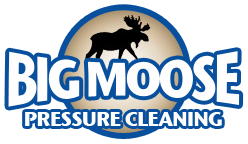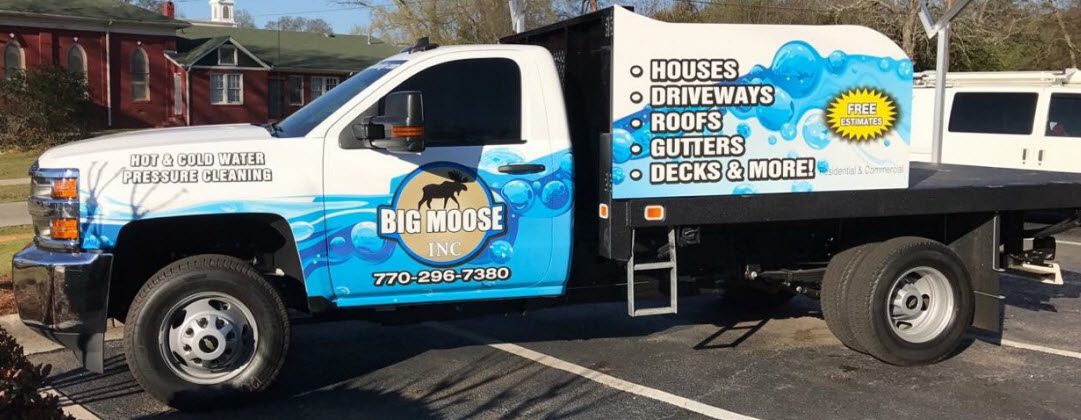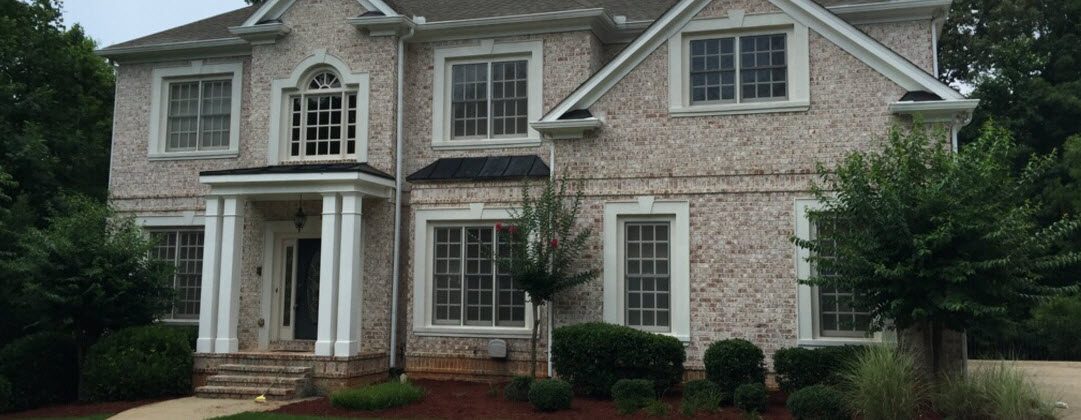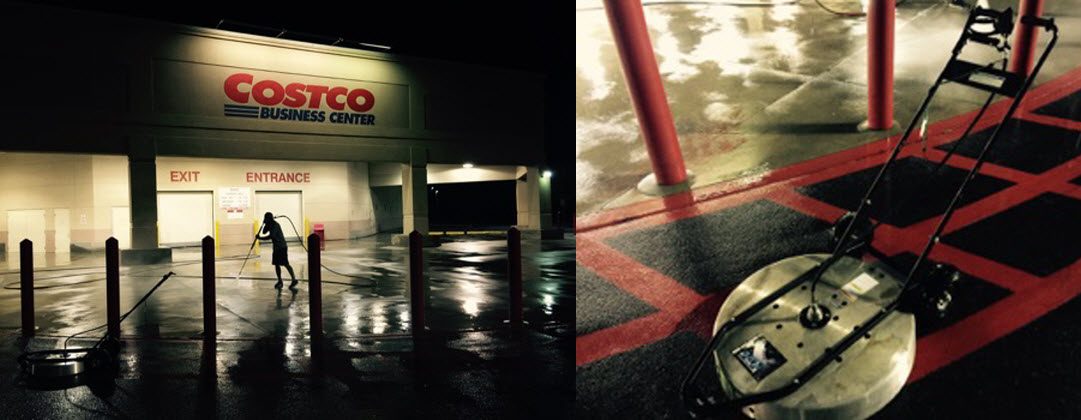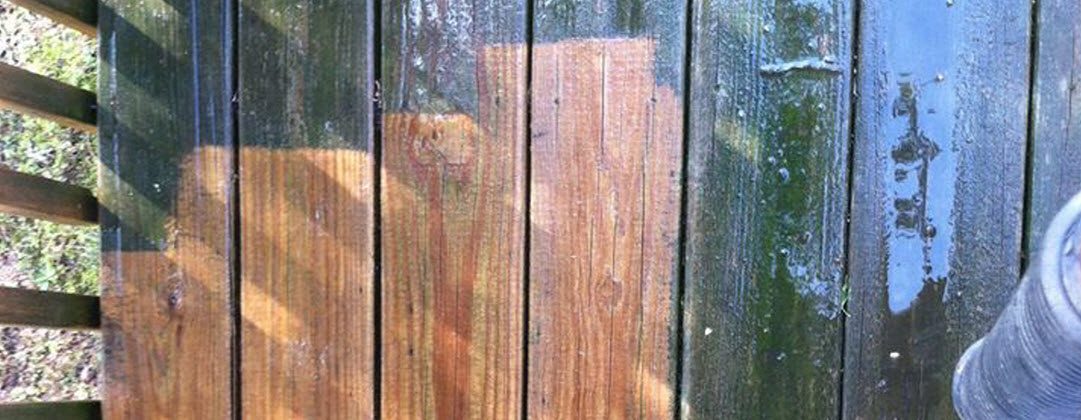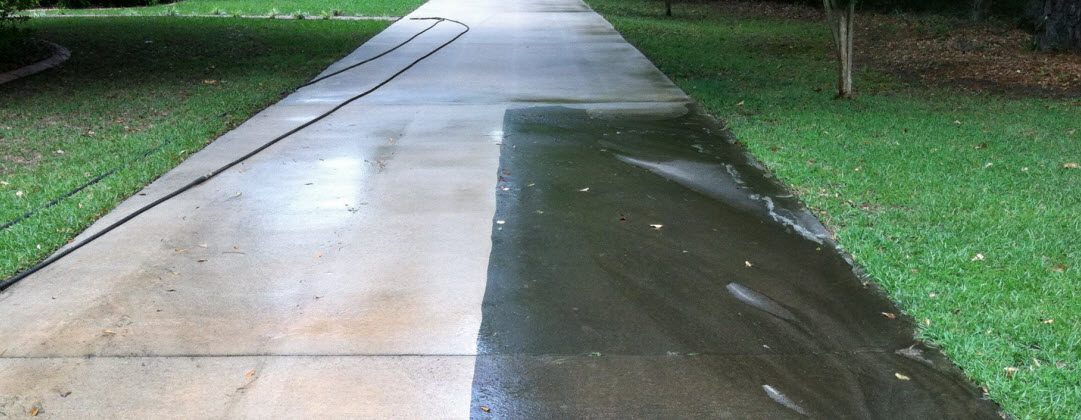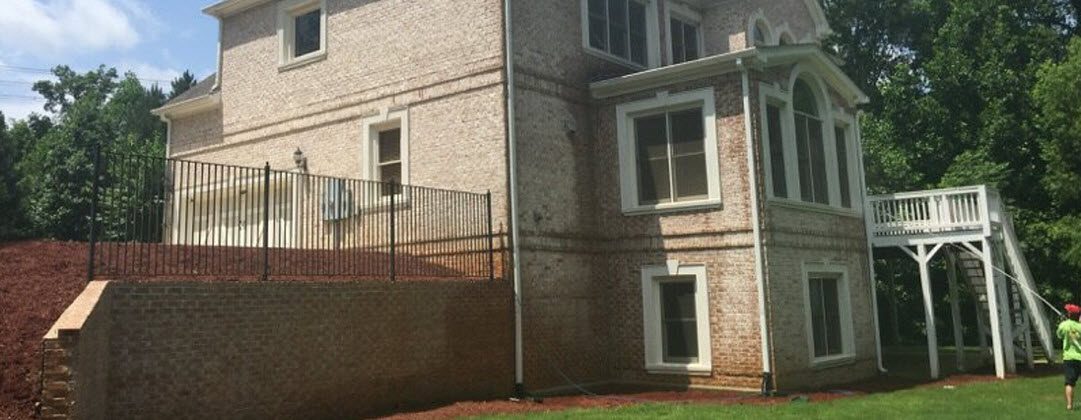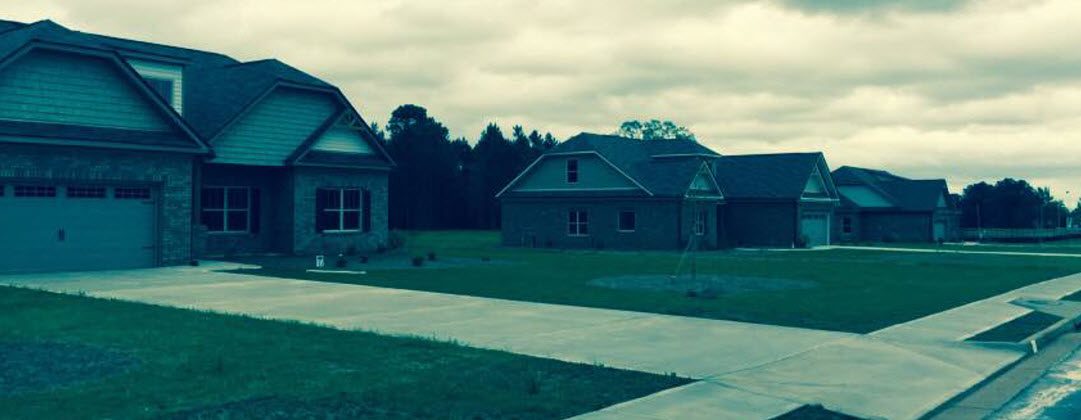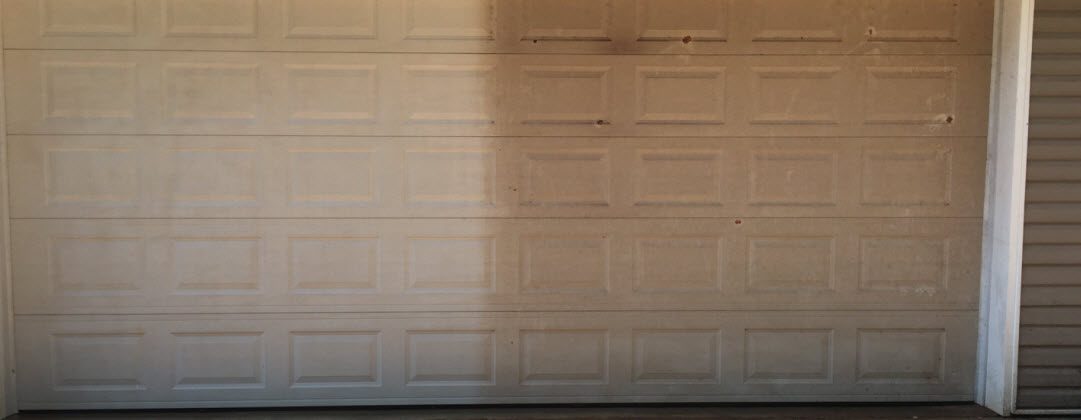Sediments that include mildew, algae, mold, and other natural elements can lead to roof discoloration and even damage. These substances will require pressure washing services to remove them. Soot and creosote accumulations may also be the cause of an unsightly roof. It is crucial to promptly work with a pressure washing company when soot and creosote stains appear, though all of these substances can negatively impact the lifespan of a roof. Soot and creosote present a significant hazard. With this in mind, we at Big Moose Pressure Cleaning would like to discuss the basics of soot and creosote.
How Do You Identify Creosote? What Does Soot Look Like?
Soot: Unburned particles and ash that rises out of a chimney and then settles on roofs is what soot is generally comprised of. It presents as black or brown stains on roofs and often a byproduct of burning fossil fuels such as coal and home heating fuel. The fact algae and other build-ups look similar is what makes soot difficult to identify. Soot possesses a potentially combustible aspect because it’s made up of unburned carbon unlike other issues that call for an eventual pressure washing. Because the tiny particles blow off roofs and can be breathed in by vulnerable adults and children, soot also poses a health risk.
Creosote. Usually the result of wood-burning stove and fireplace use are creosote deposits. It takes on the form of flaky, gummy, or bubbly deposits. It usually sticks to the walls of chimneys, flues and is closely linked to house fire and is a byproduct of incomplete combustion. It is closely linked to house fires and usually sticks to the walls of chimneys and flues. It cools and accumulates when the hot creosote reaches the top of a venting system. By spreading it from the chimney across a sloped roof, rain generally exacerbates the situation. Around a chimney or streaks running down the shingles, homeowners may see reddish-brown areas. Seasonal power washing is recommended because creosote creates a substantial fire risk.
Impact Creosote & Soot has on Solar Panels
It tends to accumulate on roofs and solar panels more quickly, although soot may not pose the heightened risk of fire creosote does. A considerable amount of soot-laced smoke is pushed out when neighborhoods burning fuel during the cold-weather months. The tiny particles often to float to nearby buildings. Those commonly experience more accumulations than those in other areas are people who live near power plants or manufacturing facilities. The clean energy resource’s ability to process natural light are hindered with soot particles on the solar panels. Soot ranks among the worst culprits of the wide-reaching types of debris can damage solar panels. Damaged solar panels or frayed wiring could create an electrical charge that sparks a fire when it comes to the creosote. Mixing electricity and a flammable substance is a recipe for disaster, though it is uncommon.
Soft Wash Roof Cleaning, Power Washing & More in McDonough, Barnesville, Fayetteville, Covington, Locust Grove, Griffin, Stockbridge & Social Circle, Georgia
To ensure your roof is not negatively impacted by soot, creosote, mold, mildew, dirt and other risky substances, ensure they are pressured cleaned as needed by the professionals of Big Moose Pressure Cleaning. Call us to schedule service today!
